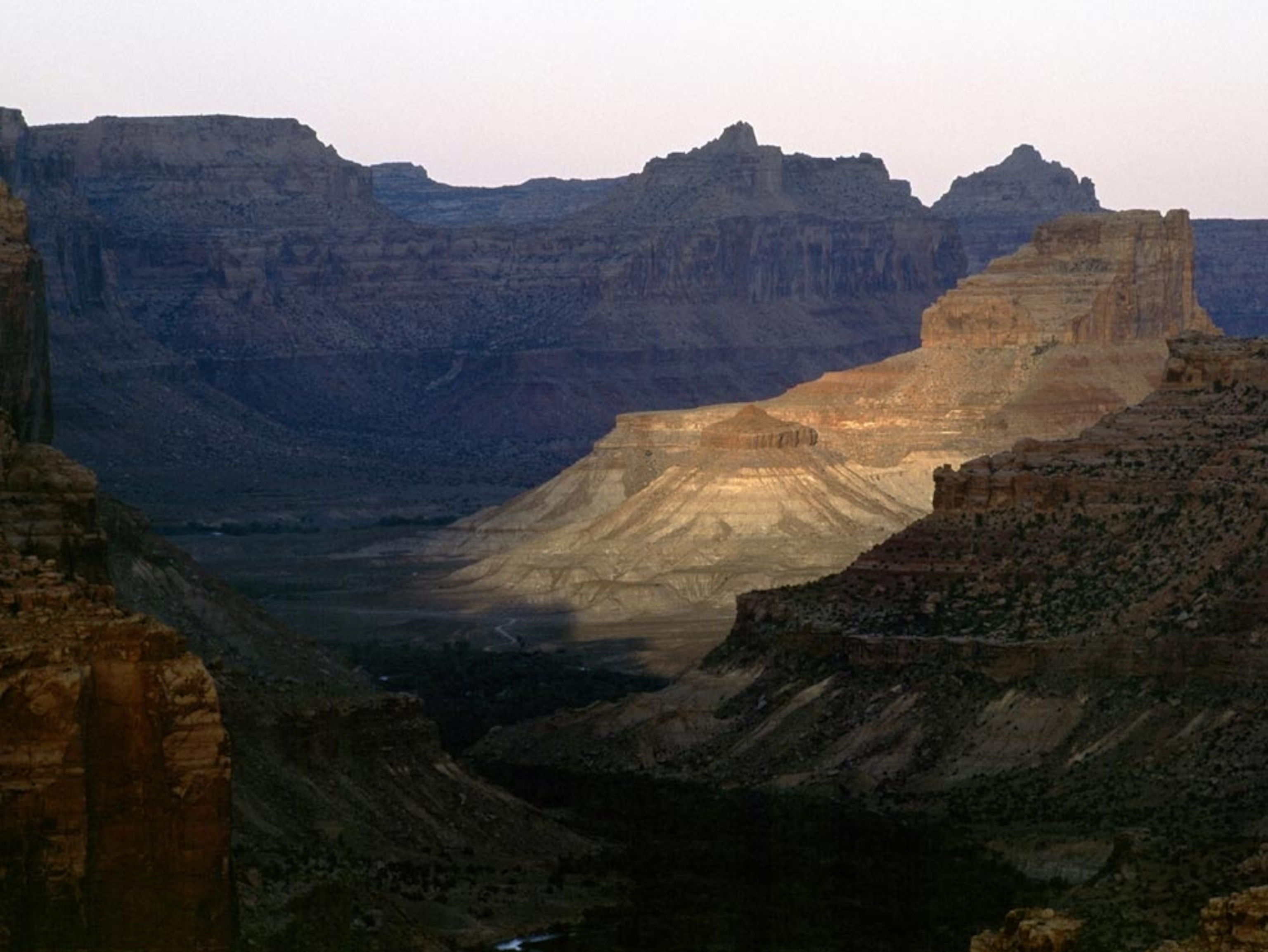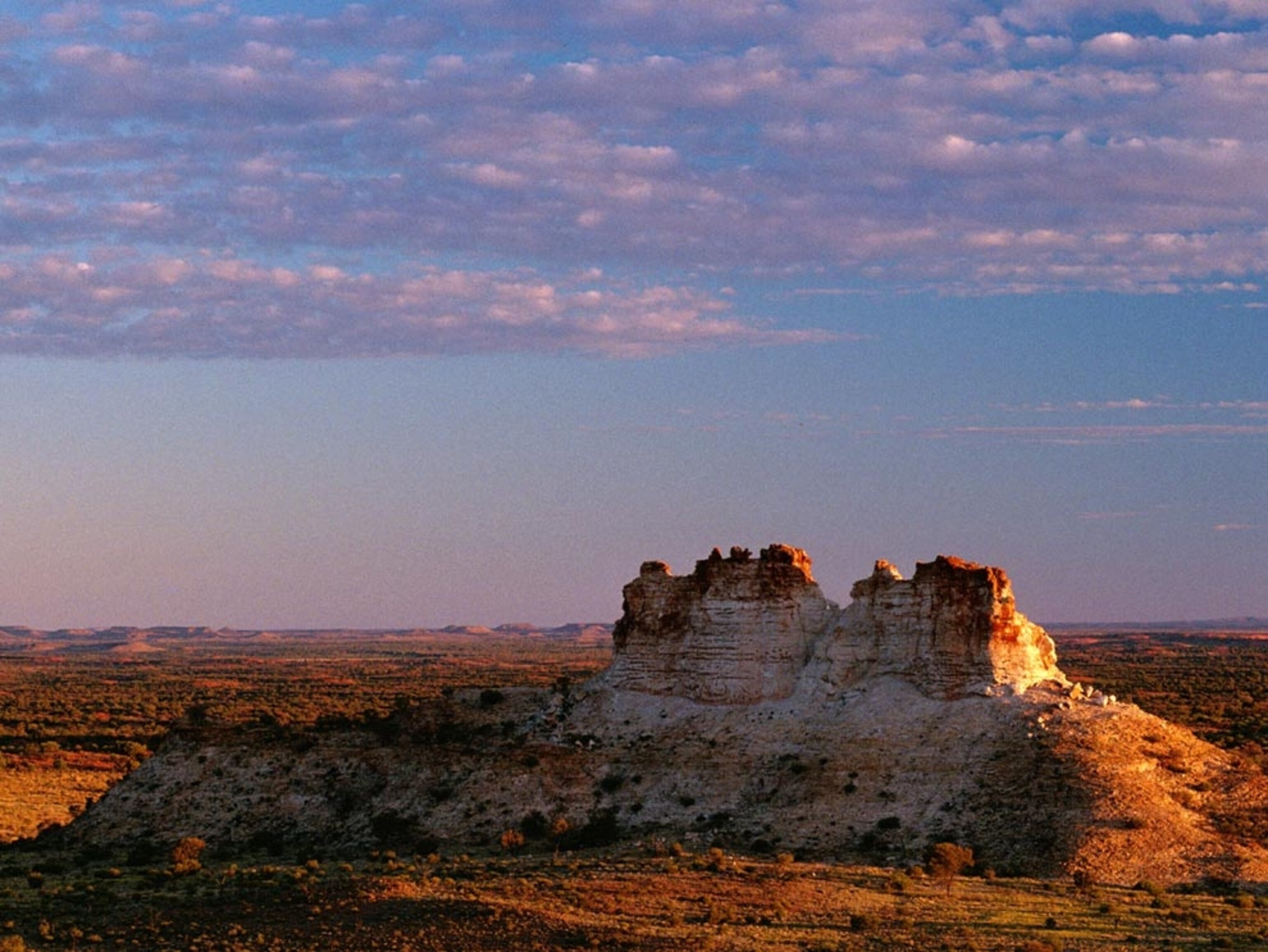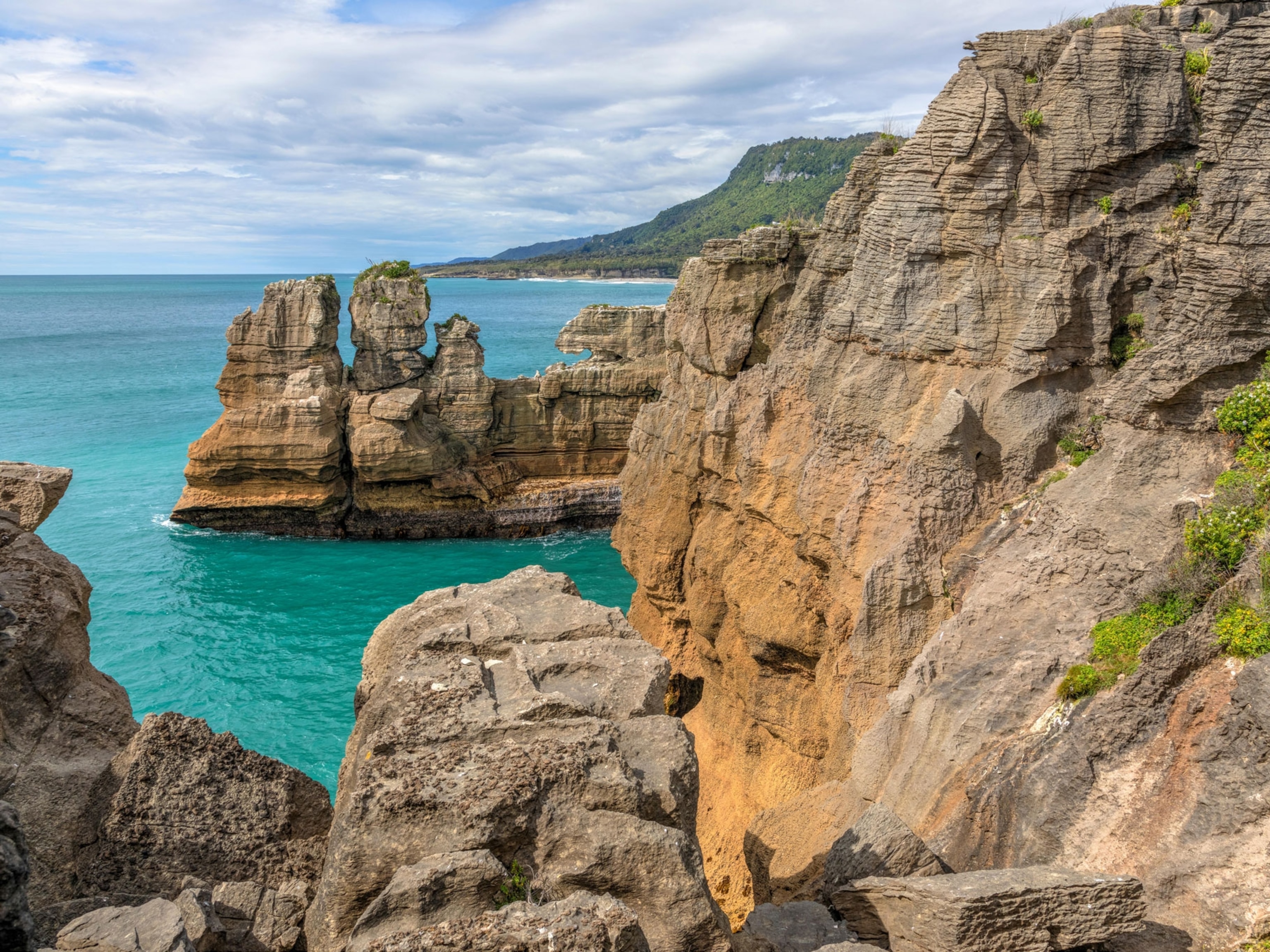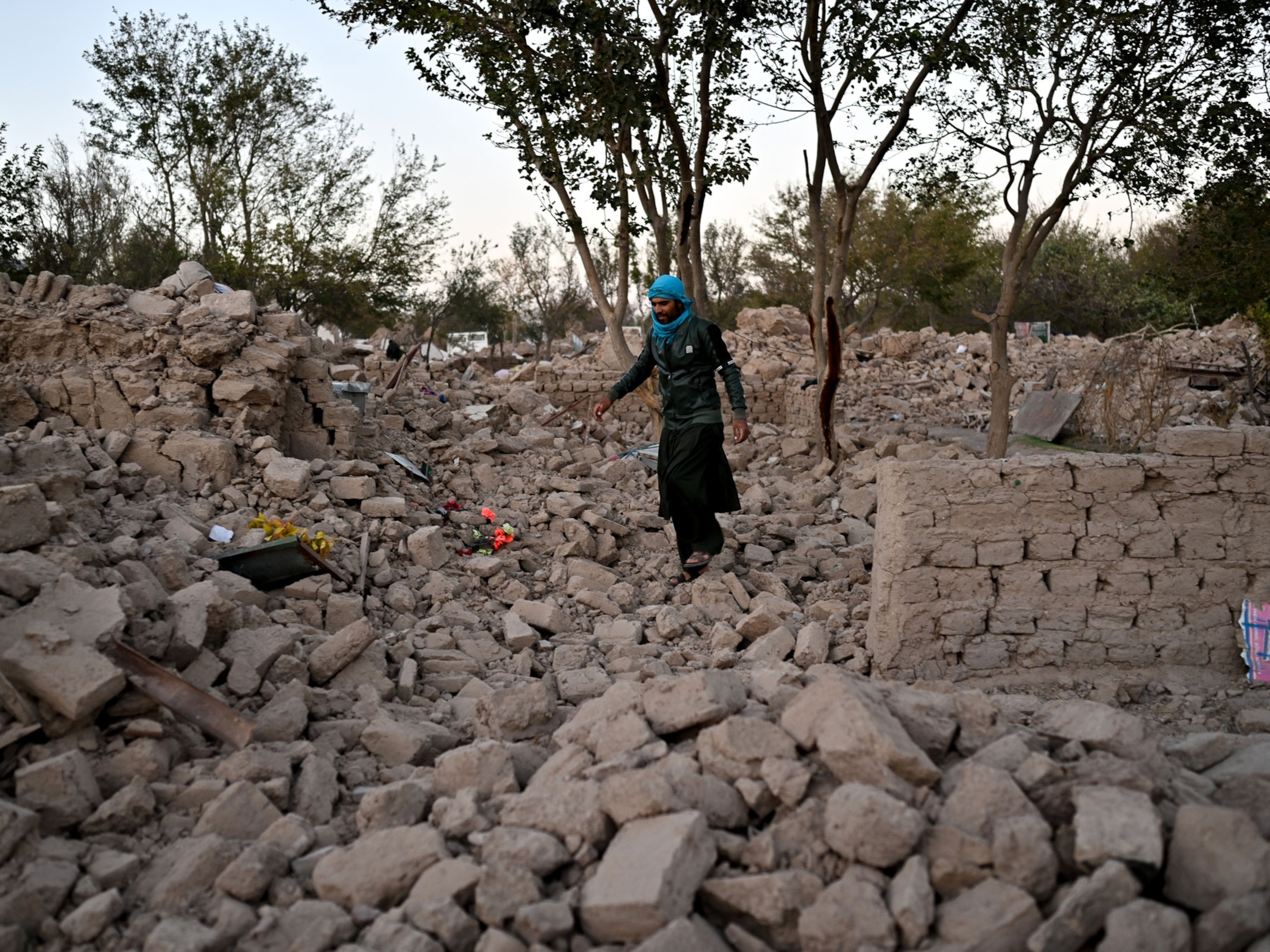Plateaus are sculpted by geologic forces that lift them up and the wind and rain that wear them down into mesas, buttes, and canyons. Monument Valley and the Grand Canyon, both icons of the American Southwest, were chiseled from the Colorado Plateau.
Plateaus are built over millions of years as pieces of Earth's crust smash into each other, melt, and gurgle back toward the surface. Some owe their creation to a single process; others have been subjected to more than one during different epochs of Earth's history.
The highest and biggest plateau on Earth, the Tibetan Plateau in East Asia, resulted from a collision between two tectonic plates about 55 million years ago. The land buckled up along the seam of the collision and formed the Himalaya mountain range. Farther away, the crust uplifted but didn't crumple and wrinkle, creating instead a raised, flat, and wide open expanse known as the "roof of the world."

Formation From Under the Earth's Surface
Many plateaus form as magma deep inside the Earth pushes toward the surface but fails to break through the crust. Instead, the magma lifts up the large, flat, impenetrable rock above it. Geologists believe a cushion of magma may have given the Colorado Plateau its final lift beginning about ten million years ago.
Repeated lava flows that spill out from cracks in the ground and spread out over hundreds of square miles can also slowly build up massive plateaus. The Columbia Plateau in the U.S. Pacific Northwest and the Deccan Plateau of west-central India were formed by these runny lava flows.
Plateaus also form in the ocean, such as the Mascarene Plateau in the Indian Ocean, one of the few underwater features clearly visible from space. It extends approximately 770 square miles (2,000 square kilometers) between the Seychelles and Mauritius Islands.
The Power of Wind and Water
Other plateaus are created over time as wind and rain wear away the side of an uplifted region, giving it geographic distinction from the surrounding terrain. Wind and rain eventually wear plateaus down to mesas and buttes and sculpt odd landforms like the arches and hoodoos found in southern Utah's famed national parks.
Water is the greatest erosive force on plateaus. As they course along, rivers carve valleys into the rock, washing the sediment toward the sea. Over time, these valleys become giant, majestic chasms like the Grand Canyon, which is continually carved by the Colorado River.
Related Topics
You May Also Like
Go Further
Animals
- This fungus turns cicadas into zombies who procreate—then dieThis fungus turns cicadas into zombies who procreate—then die
- How can we protect grizzlies from their biggest threat—trains?How can we protect grizzlies from their biggest threat—trains?
- This ‘saber-toothed’ salmon wasn’t quite what we thoughtThis ‘saber-toothed’ salmon wasn’t quite what we thought
- Why this rhino-zebra friendship makes perfect senseWhy this rhino-zebra friendship makes perfect sense
Environment
- Are the Great Lakes the key to solving America’s emissions conundrum?Are the Great Lakes the key to solving America’s emissions conundrum?
- The world’s historic sites face climate change. Can Petra lead the way?The world’s historic sites face climate change. Can Petra lead the way?
- This pristine piece of the Amazon shows nature’s resilienceThis pristine piece of the Amazon shows nature’s resilience
- Listen to 30 years of climate change transformed into haunting musicListen to 30 years of climate change transformed into haunting music
History & Culture
- When treasure hunters find artifacts, who gets to keep them?When treasure hunters find artifacts, who gets to keep them?
- Meet the original members of the tortured poets departmentMeet the original members of the tortured poets department
- When America's first ladies brought séances to the White HouseWhen America's first ladies brought séances to the White House
- Gambling is everywhere now. When is that a problem?Gambling is everywhere now. When is that a problem?
Science
- Should you be concerned about bird flu in your milk?Should you be concerned about bird flu in your milk?
- Here's how astronomers found one of the rarest phenomenons in spaceHere's how astronomers found one of the rarest phenomenons in space
- Not an extrovert or introvert? There’s a word for that.Not an extrovert or introvert? There’s a word for that.
- NASA has a plan to clean up space junk—but is going green enough?NASA has a plan to clean up space junk—but is going green enough?
Travel
- Germany's iconic castle has been renovated. Here's how to see itGermany's iconic castle has been renovated. Here's how to see it
- This tomb diver was among the first to swim beneath a pyramidThis tomb diver was among the first to swim beneath a pyramid
- Food writer Dina Macki on Omani cuisine and Zanzibari flavoursFood writer Dina Macki on Omani cuisine and Zanzibari flavours
- How to see Mexico's Baja California beyond the beachesHow to see Mexico's Baja California beyond the beaches












